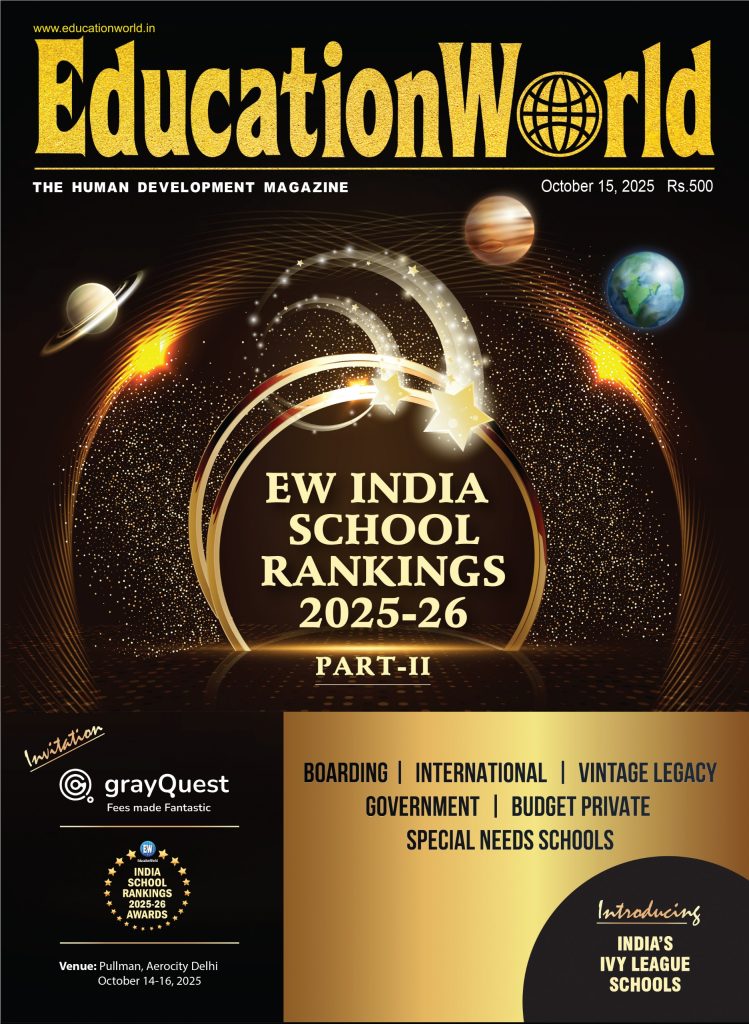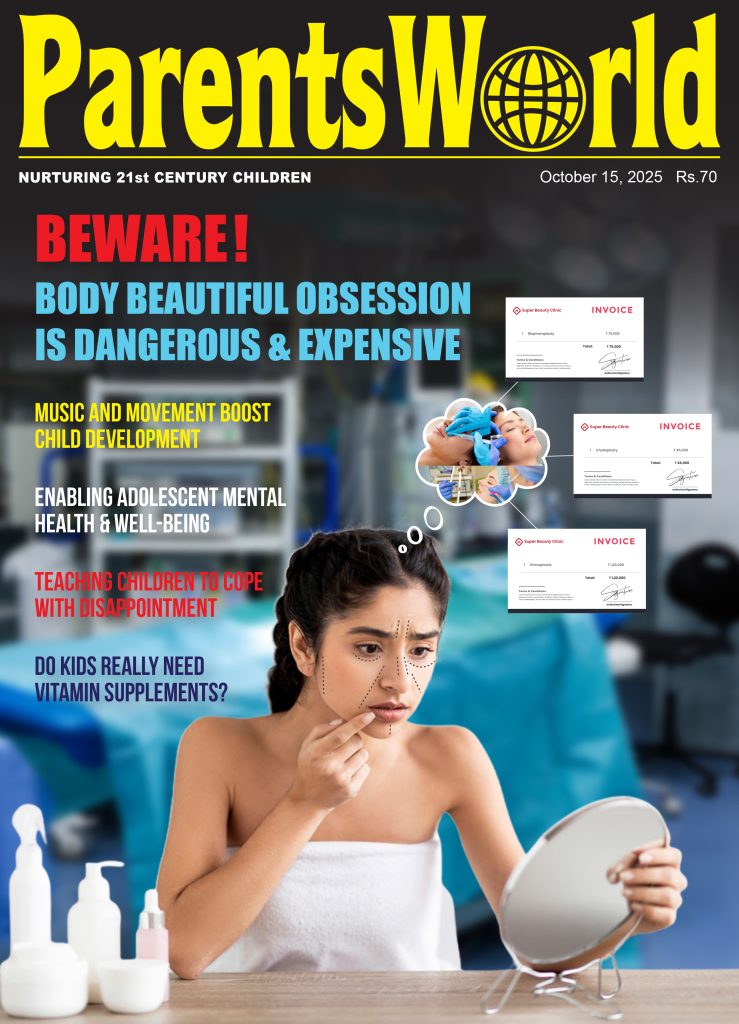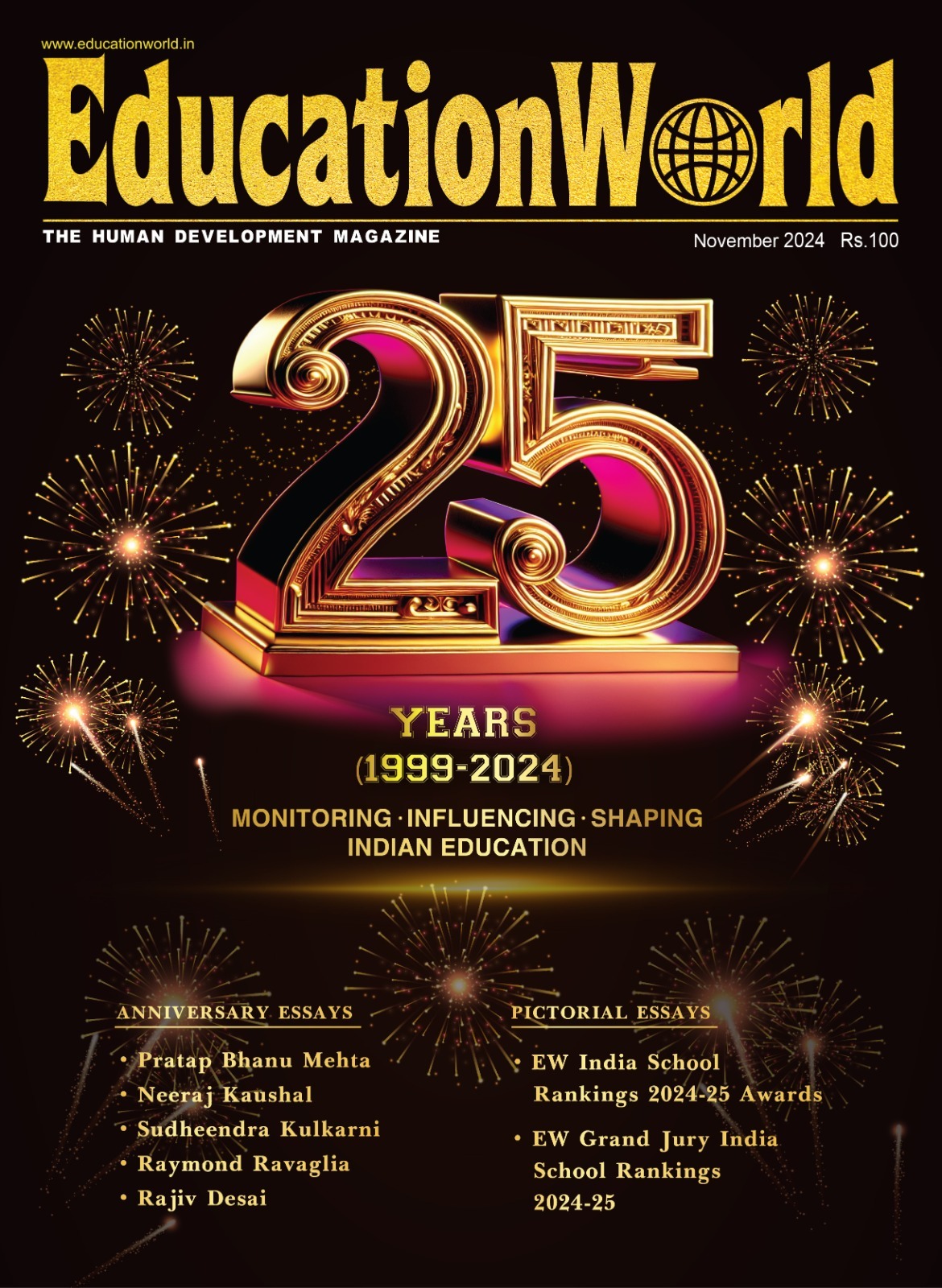Delhi: Unconvincing Rankings
– Autar Nehru (Delhi)

The 10th edition of the national Institutional Ranking Framework (NIRF), India’s official system for rating India’s Top 100 universities under five parameters of higher education excellence — teaching and learning resources; research and professional practice; graduation outcomes; outreach and inclusivity; and public perception, plus a new SDG (UN Sustainable Development Goals) promotion parameter — and ranking them inter se, provided few surprises.
IIT-Madras has retained its #1 rank in the Overall category for the seventh year in succession as also its decade-long dominance in engineering. IIT-M (estb. 1959) is also top ranked for innovation and under the new SDG parameter.
In the Universities category, the Indian Institute of Science, Bangalore (IISc, estb. 1909) is ranked #1 for the tenth year and #1 among Top 100 research institutions for the fifth time. In the business management category IIM-Ahmedabad is top-ranked, and AIIMS Delhi maintains its dominance among medical education institutions despite slipping to #8 in the Overall league table.
NIRF 2025 ranks the country’s Top 100 higher education institutions (HEIs) in an Overall category and 16 other categories (universities, colleges, research institutions, engineering, business management, pharmacy, medical, dental, law, architecture, agriculture, innovation open university, skill universities, state public universities). This year 7,692 institutions volunteered (participation is not mandatory), submitting prescribed data for evaluation by the National Board of Accreditation (NBA), a subsidiary of the All India Council for Technical Education (AICTE).
A notable feature of NIRF 2025 is that although 31 private HEIs are ranked among the Overall Top 100, all top-ranked HEIs are heavily subsidised Central government promoted institutions. This despite the fact that 67.51 percent of universities and 37.81 percent of colleges are privately promoted and are engaged in tutoring and mentoring 70 percent of India’s massive contingent of 43 million youth enrolled in HEIs. For years, your editors and several independent monitors of higher education have been alleging bias in favour of government-promoted HEIs.
Moreover, the NIRF ranking methodology is suspect. It is based upon data and claims of achievement submitted by HEIs themselves. Therefore, there is widespread suspicion that data submitted by government HEIs is exaggerated and over-claimed, with little fear of retribution for self-promotional inaccuracies. On the other hand, private HEIs apprehending close scrutiny, tend to be modest about their achievements. This perhaps explains why several private universities such as Ashoka, O.P. Jindal, Krea, among other top-ranked HEIs in the annual EducationWorld India Higher Education Rankings (EWIHER, estb.2013) don’t ‘participate’ in the annual NIRF survey.
NIRF’s patent bias in favour of government HEIs is evident in NIRF 2025. For instance, Amity University, Noida, which has established campuses in 13 countries and has an aggregate enrolment of 37,000 students and ranked India #1 among private multidisciplinary universities in EWIHER 2025-26, is ranked #37 in NIRF 2025. Likewise, BITS-Pilani (estb.1964), commonly acknowledged as one of the top private engineering universities on a par with the best IITs and ranked India’s #1 private engineering university/college in EWIHER 2025-26, is ranked #11 in NIRF 2025 below BHU, IIT Guwahati and NIT Tiruchirappalli.
Dissatisfaction with the self-assessment methodology of NIRF is not restricted to EW editors. In April, the Madras high court dismissed a PIL (public interest litigation) writ in which the petitioner questioned the NBA/AICTE’s reliance on self-reported data and prayed for a directive prohibiting the education ministry and NBA from publishing NIRF 2025 rankings, until the data submitted by institutions is verified/ cross-checked with government records, audited, and the methodology disclosed. Although the court declined to admit the petition on grounds that it was premature and insufficiently backed by evidence, the learned judges observed that NIRF 2025 could be challenged with adequate evidence if the petitioner is aggrieved after the rankings are published.
Meanwhile the Union education ministry is becoming aware about rising dissatisfaction and patent anomalies of NIRF rankings and is mulling punitive measures against malpractice and misrepresentation of data. “While the final decision to debar institutes that continue to deliberately misrepresent data has not yet been taken, we are serious about such cases and likely to consider harsh measures,” said Prof. Anil Sahasrabudhe, Chairman, NBA, in an interview with Times of India (October 3).
This year, a mere 7,962 of India’s 47,000 colleges and 1,338 universities participated in NIRF 2025 by submitting data in the prescribed format to NBA. There’s a clear and present danger that if NIRF doesn’t inspire institutional confidence, it may go the way of the National Assessment and Accreditation Council of India (NAAC, estb. 1994). According to a December 18, 2024 response of the education ministry in Parliament, the number of valid NAAC accreditations on that date was 5,967 colleges and 384 universities.
















Add comment